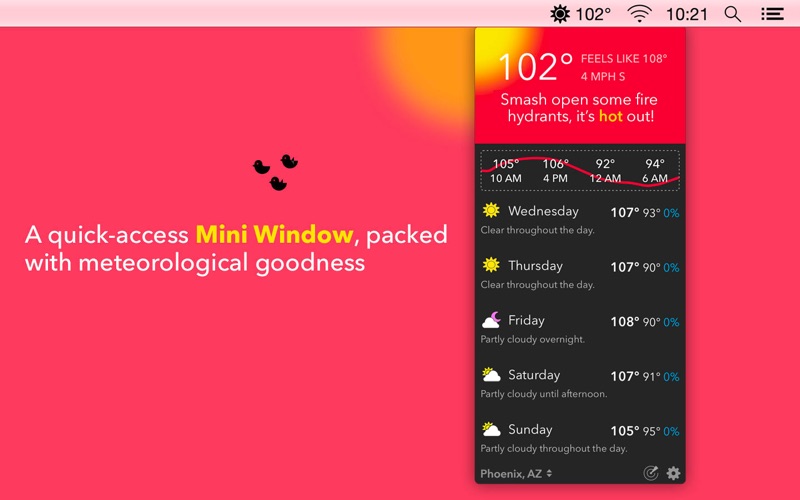

The call to action of the Midterm Review is that countries need to reduce risk in every decision, action, and investment they make. “The sad fact is that many of these disasters are preventable because they are caused by human decisions. “One doesn’t have to look hard to find examples of how disasters are becoming worse’” says Mami Mizutori, Special Representative of the UN Secretary-General for Disaster Risk Reduction and head of UNDRR. The report points to the COVID-19 pandemic as a prime example, beginning as a local outbreak in China in 2019, before rapidly spreading around the world, leading to the death of some 6.5 million people by the end of 2022. The growing interconnectedness of the world’s societies, environments, and technologies means that disasters can spread extremely quickly. The report emphasizes the growing impacts of climate change since 2015, and the brutally unequal consequences, which are much more severe in developing countries a case in point is the flooding in Pakistan in 2022, which affected more than 33 million people and damaged millions of acres of agricultural land, causing widespread food insecurity. Released in April to mark the half-way point between the launch of the Framework and the 2030 deadline, it does not make for comfortable reading. Half-time reportįrom 18 to 19 May, a High-Level meeting at UN Headquarters in New York will provide an opportunity to lay out the many challenges that have stalled progress, and chart a course towards a safer world.ĭelegates at the event will have pored over the report of the Midterm Review of the Framework’s implementation, which lays bare the scale of the problem. What’s more, UNDRR finds that many of the lessons from past disasters seem to have been ignored.Īn eight-year-old girl stands near a school destroyed by floods in Quetta, Pakistan. However, eight years on, little progress has been made: according to the UN Office for Disaster Risk Reduction ( UNDRR), there has been an 80 per cent increase in the number of people affected by disasters since 2015. It targets substantially fewer deaths from disasters, a reduction in the disaster damage to infrastructure, and improved early warning systems – all by 2030. The Sendai Framework, named after the Japanese city in which it was adopted, is an international UN agreement designed to reduce disaster losses. The impact of Freddy is just one example of the growing number of complex and costly disasters affecting increasing numbers of people, that prompted 187 countries to sign up to an international disaster risk reduction agreement in 2015. More severe, costly, and deadly disasters Men work to repair a damaged road in the Mulanje District of Malawi in the aftermath of Cyclone Freddy. That same month, a group of independent UN rights experts called for more humanitarian aid, but also for Malawi to “develop durable solutions to avert, minimize, and address disaster displacement through climate adaptation measures, preparedness and disaster risk reduction.” The severe storm hit during Malawi’s worst cholera outbreak in two decades, adding to the pressures on a health system that was already severely stretched. Hundreds were killed, more than half a million people were displaced, and thousands of hectares of crops were washed away.Īs of early April, hundreds of people remained missing, and some 1.1 million people were in need of humanitarian support. The unprecedented duration of the extreme weather event would have been difficult for any country to deal with, but for Malawi, one of the most vulnerable developing nations in the world, it was devastating. In March this year, the storm ripped through the African country twice during its record-breaking month-long destructive rampage through southern Africa. For Malawians, Cyclone Freddy was an unmitigated disaster.


 0 kommentar(er)
0 kommentar(er)
